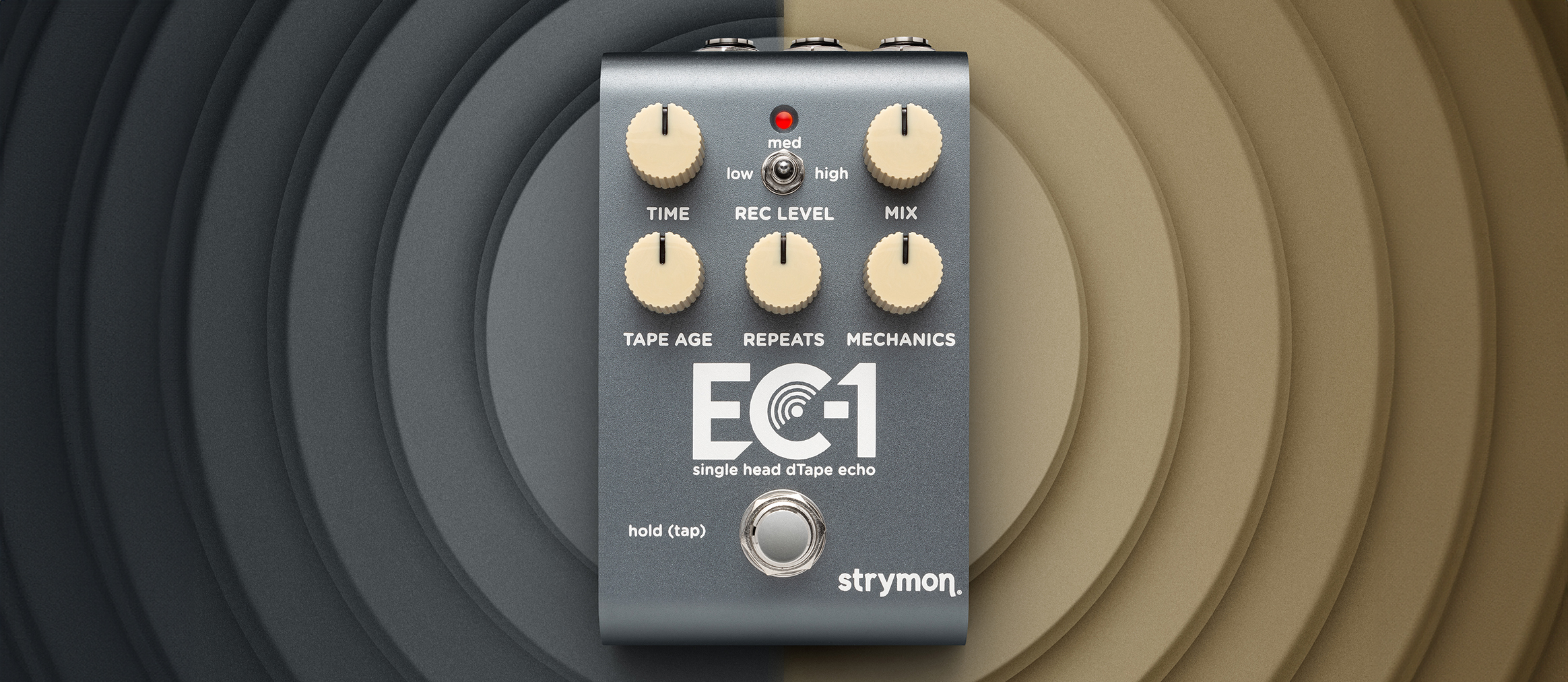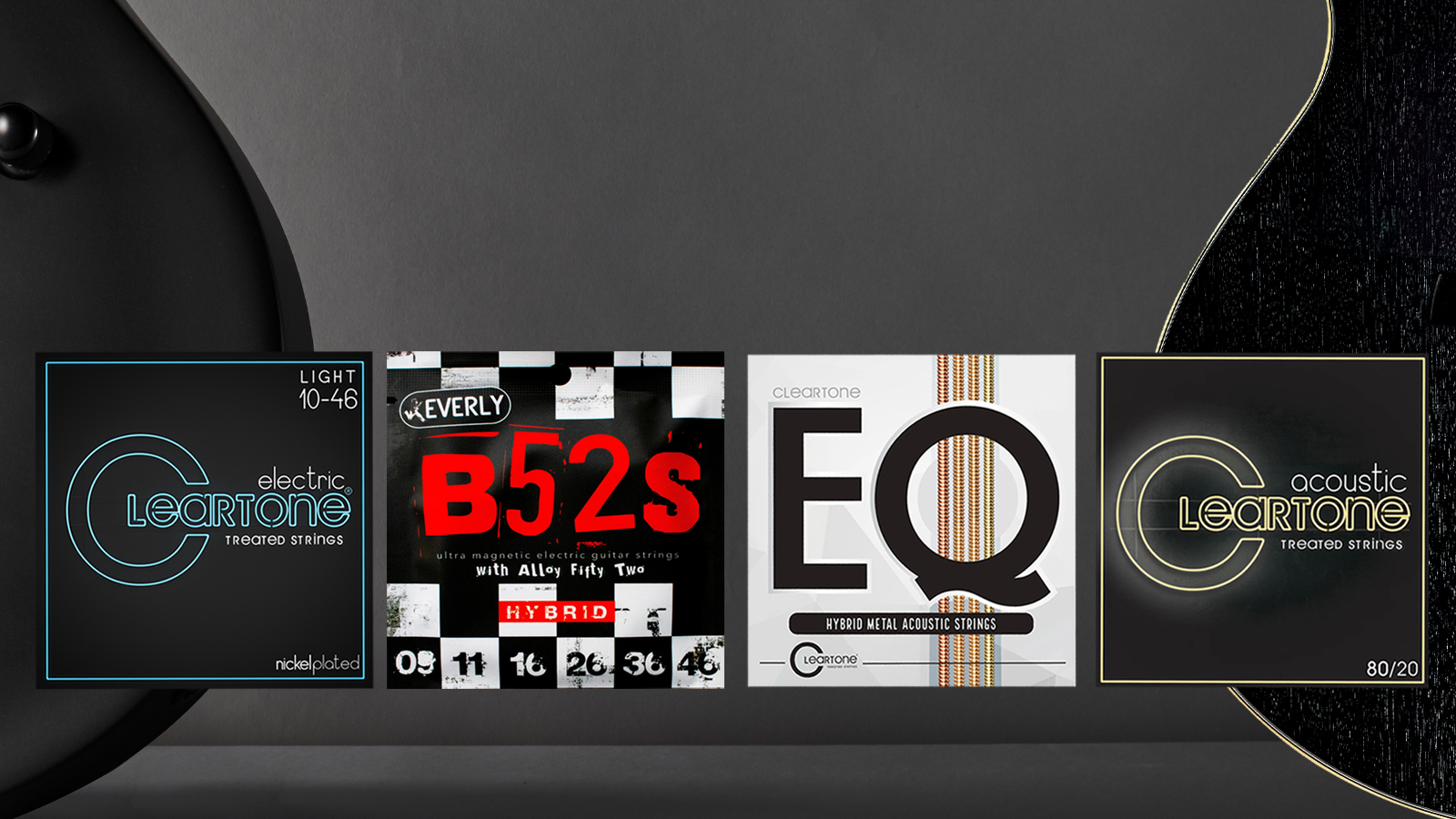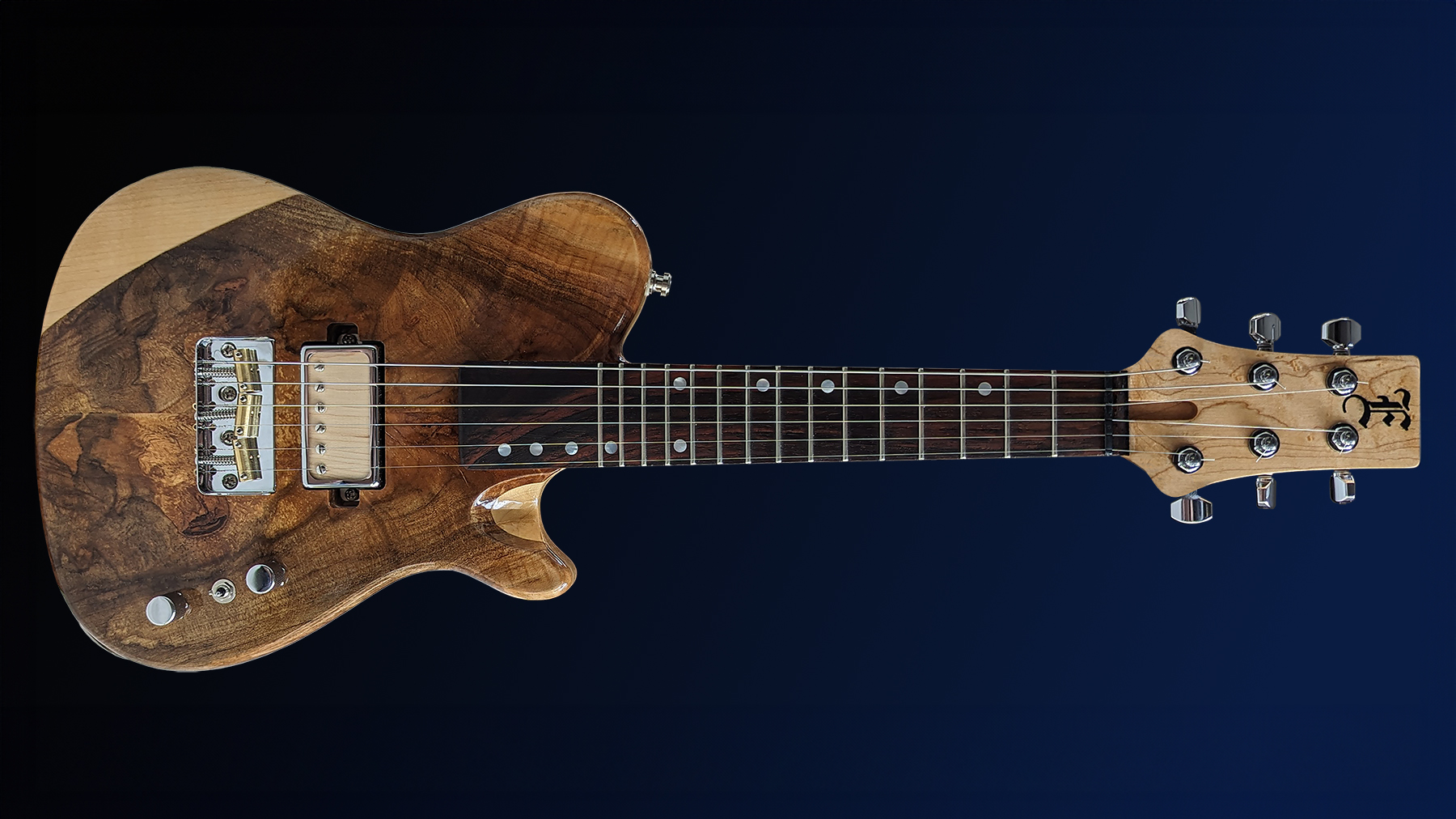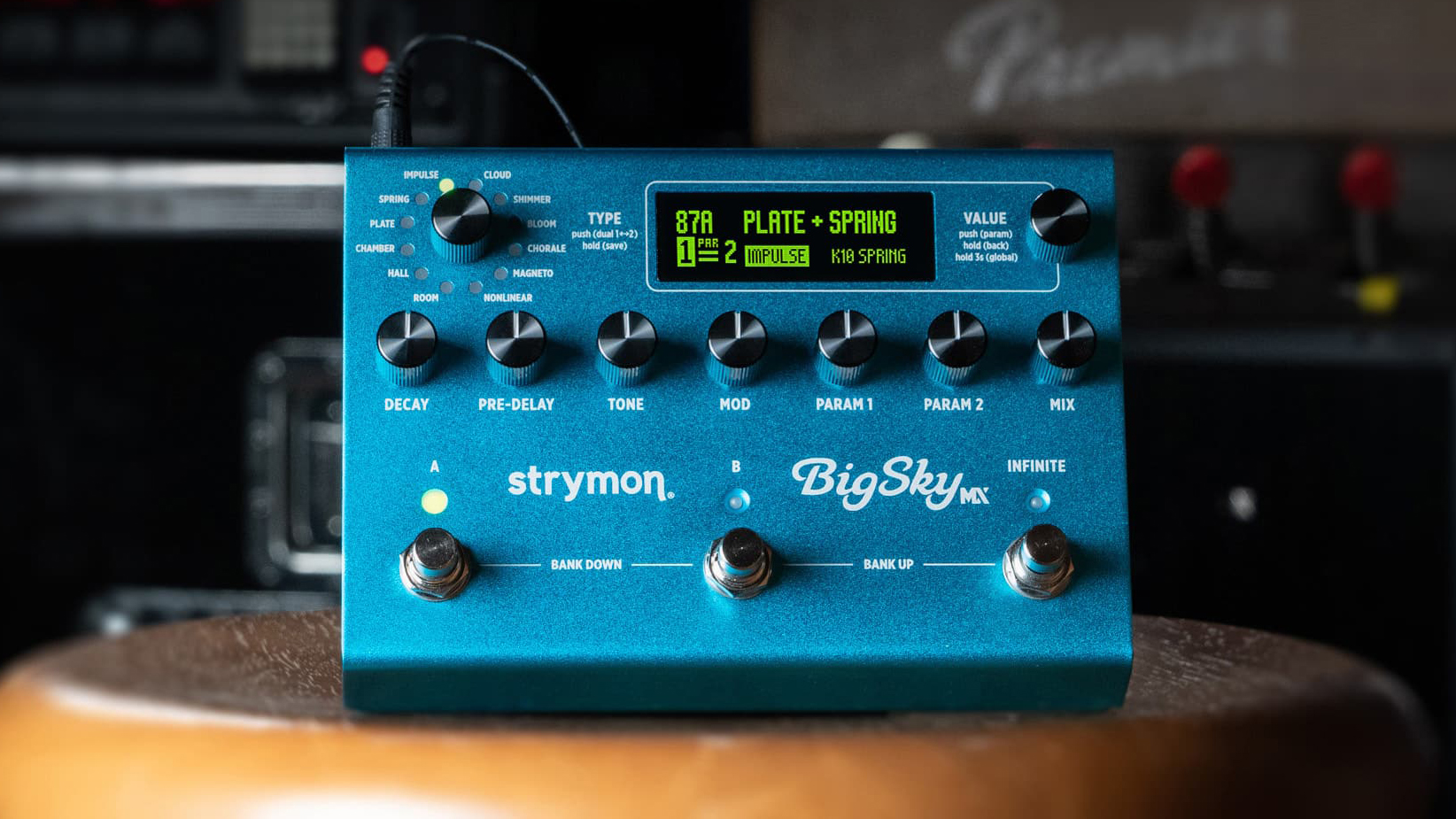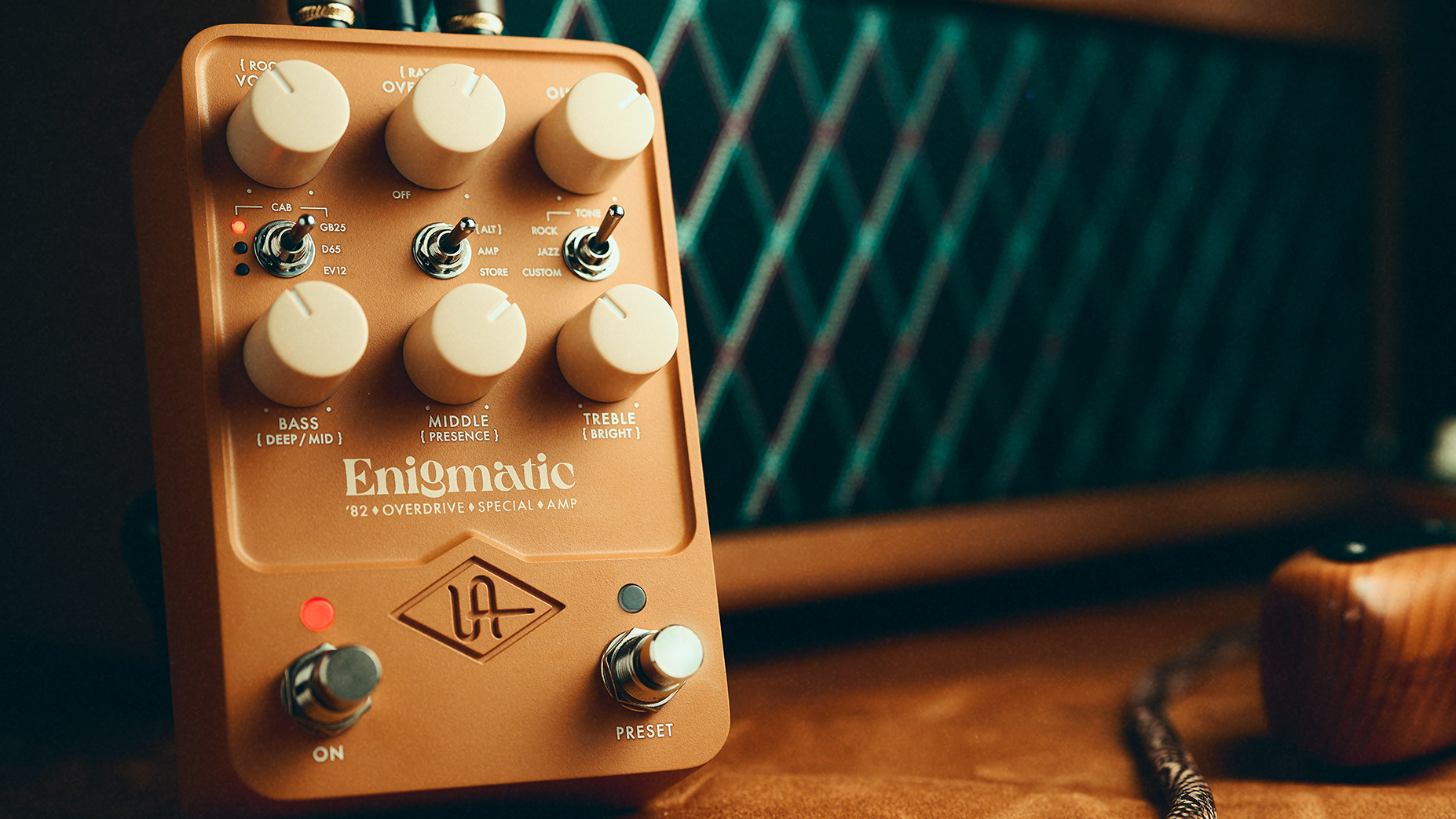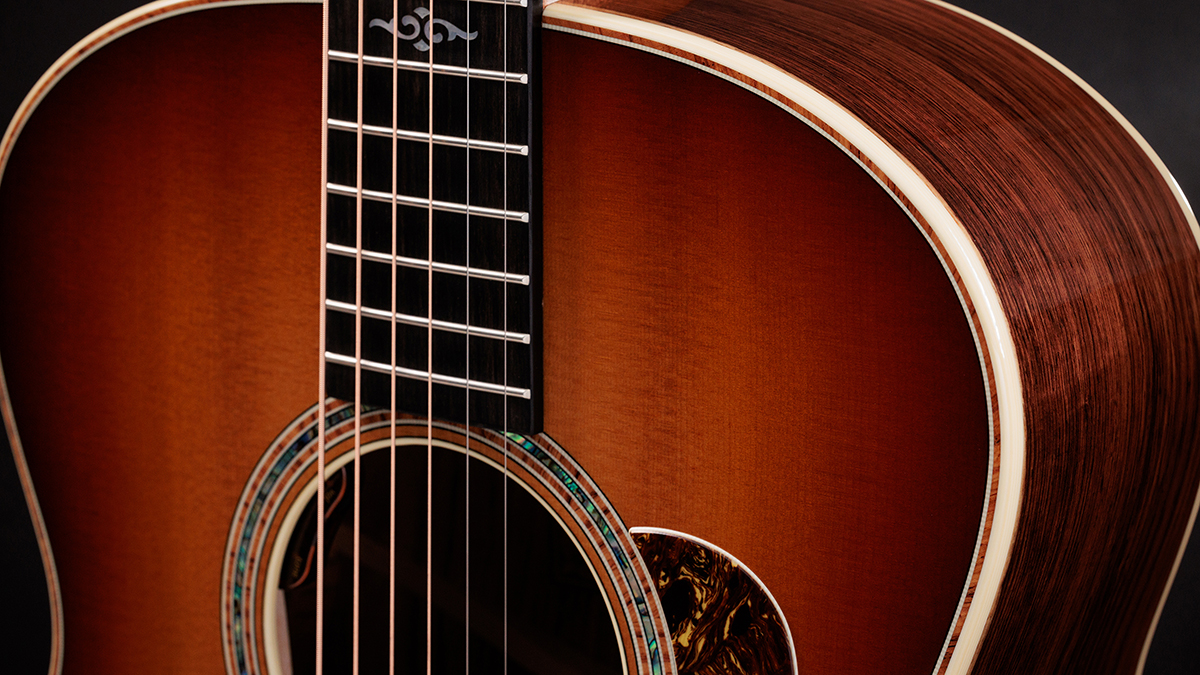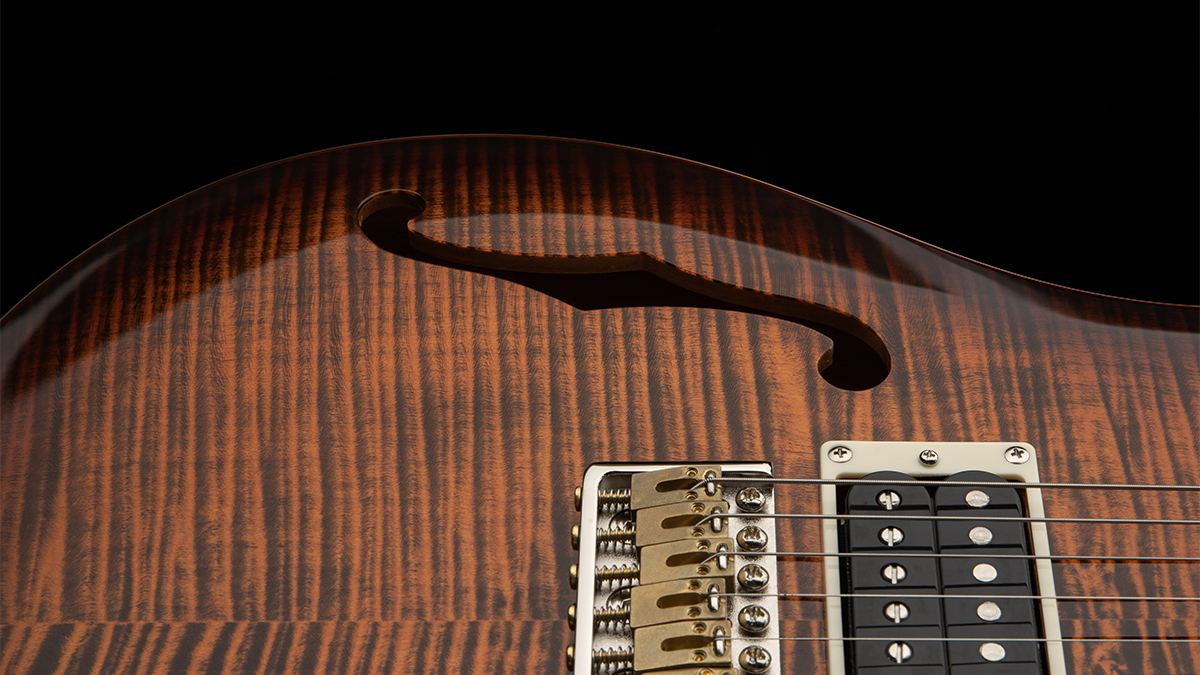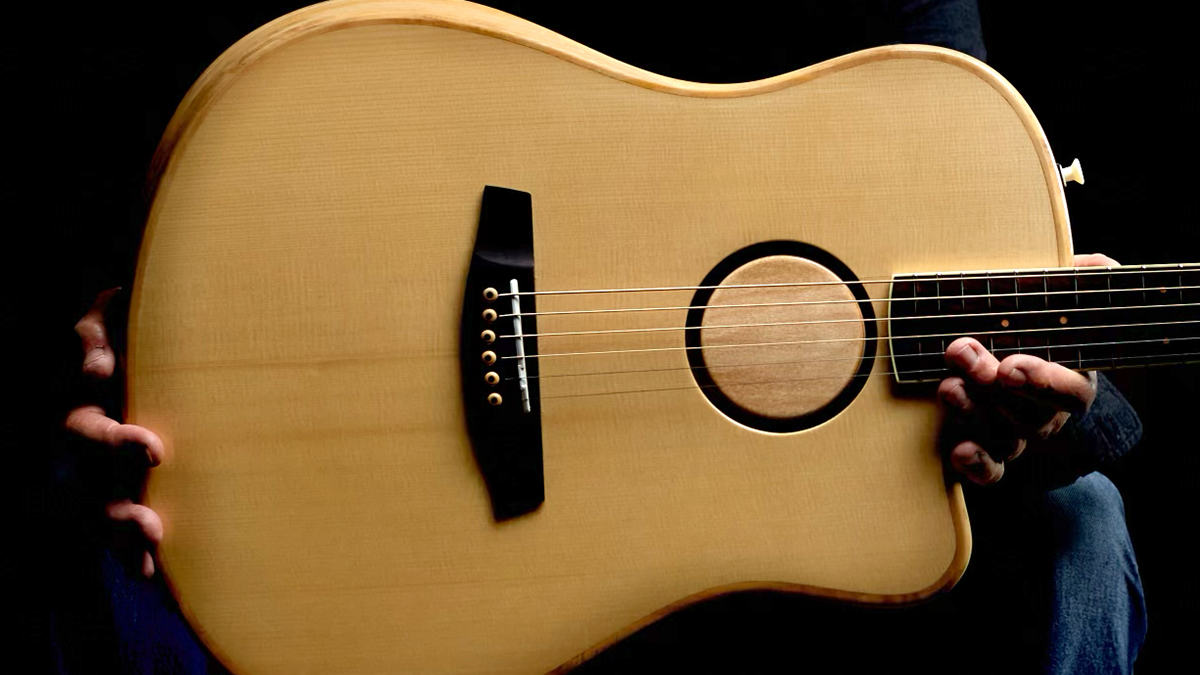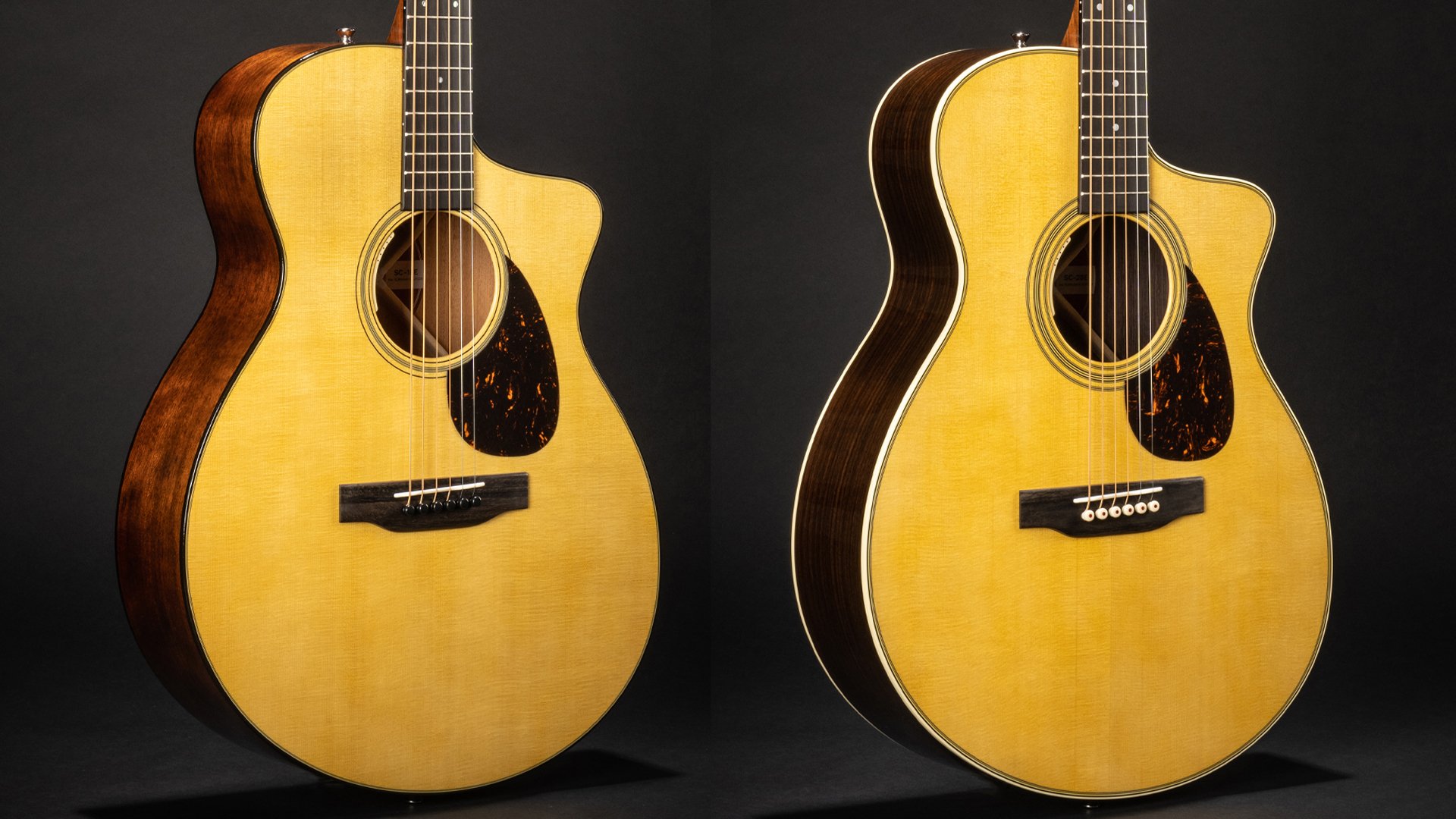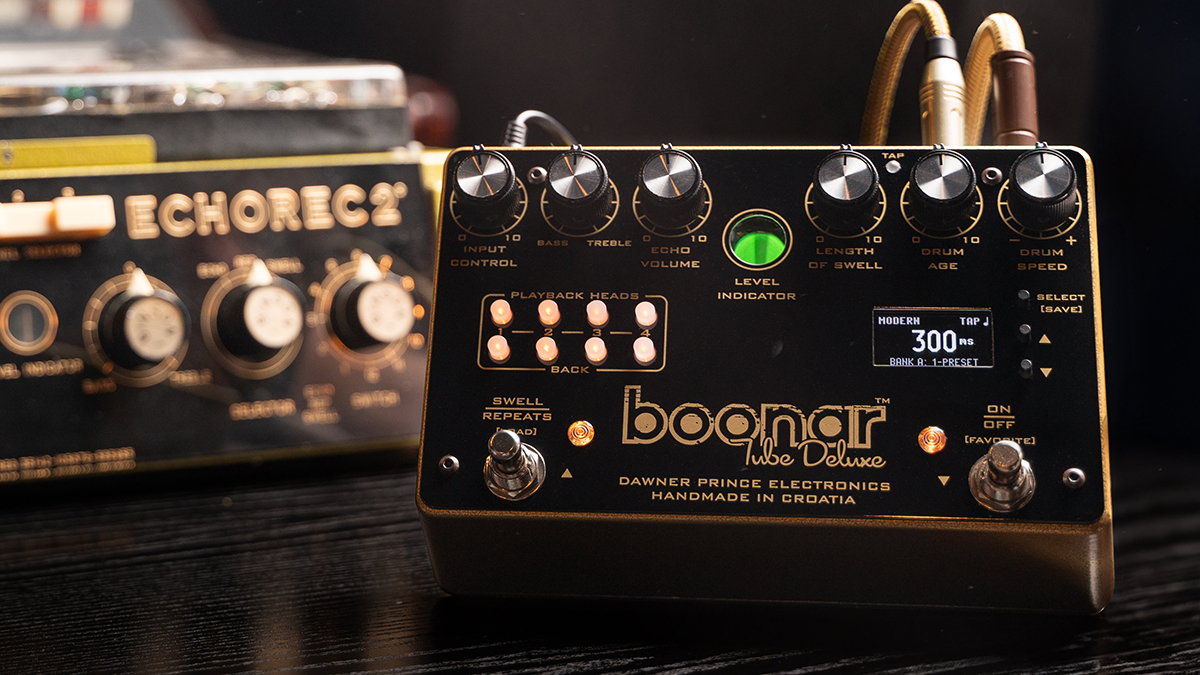GuitarPlayer Verdict
Modeled after a vintage Echoplex EP-2 tape echo modified by Cesar Dîaz, Strymon's EC-1 Single Head dTape Echo delivers a convincing emulation of one of guitar's most hallowed effects. Its sensible control set is embellished with numerous under-the-hood features that make it not just a great-sounding tape delay but a versatile and tweakable effect as well.
Pros
- +
Convincing tube tape delay tone
- +
The three-position record level toggle is a game changer
- +
Mono and stereo operation
- +
Plenty of extras under the hood, including two preamp options, boost and more
Cons
- -
None
You can trust Guitar Player.
There are some big surprises tucked inside Strymon’s compact new pedal, the EC-1 Single Head dTape Echo. For one thing, there’s the sound, which is a gorgeous emulation of a Cesar Díaz–modified Echoplex EP-2 tube tape delay.
For another, there are its features, which go well beyond what’s evident on the control panel. While the EC-1 appears to be a effect pedal with some standard ways to shape the sound, it features many useful under-the-hood options, including a second preamp emulation, a preamp boost, bypass and spillover modes, and much more. And best of all, you don’t need your smart phone to access them.
Before I continue, a disclaimer: I’m crazy for vintage delay, and tape delay in particular. There’s nothing like the spongy, organic sound of saturated tape delay, where the repeats become fuzzier and less distinct as the frequencies roll off with each repeat. On a good tube unit you can even push the preamp into distortion to add new tonal flavors, depending on the pickups on your electric guitar of choice.
Fortunately for us all, modern delay pedals have gotten extremely good at emulating tape and drum echo machines of long ago. I’ve had the good luck to own a few of those mechanical marvels, and the gap between the originals and their modern digital models has, for all intents and purposes, disappeared.
Some of my favorites modern emulation pedals include Boss’s digital re-creations of its vintage RE-201 tape delay/spring reverb unit and, more recently, the Dawner Prince Boonar Tube Deluxe, an uncanny emulation of the Binson Echorec 2 T7E electromechanical four-head magnetic-drum delay unit popularized by players like David Gilmour in Pink Floyd. I was likewise thoroughly impressed by Strymon’s Volante Magnetic Tape Delay (see Guitar Player May 2019), a beautifully streamlined pedal that puts tape delay, drum delay, spring reverb and a looper in one excellent-sounding and well-spec’ed pedal.
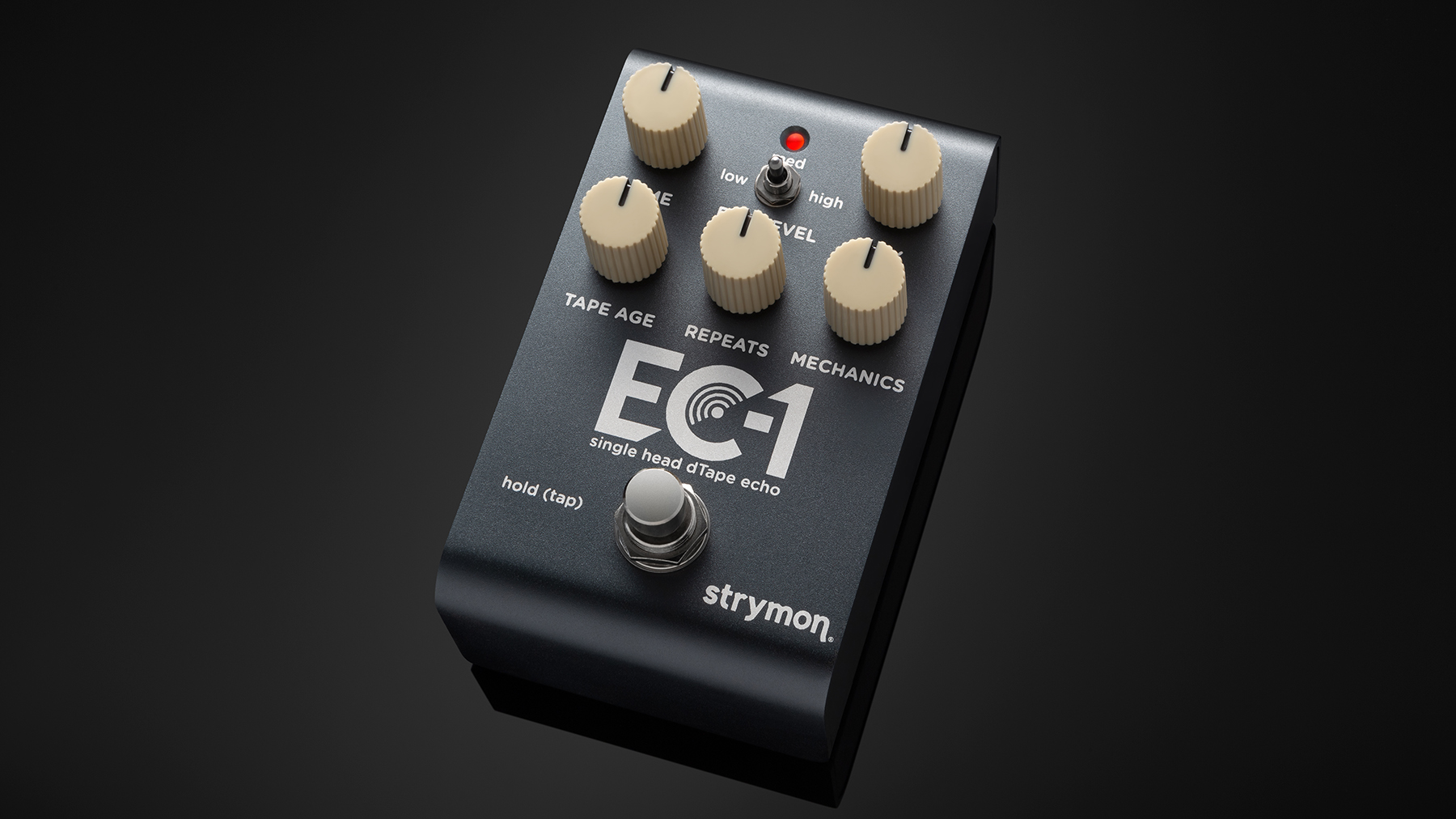
BACKGROUND
So it’s perhaps needless to say, but I was very curious to try out the EC-1. The EP-2 model on which it’s based was the second Echoplex design and the last to feature a tube preamp. It’s also the one favored by Andy Summers, who made it a major part of his tonal signature in the Police, which is reason enough to be intrigued.
As it turns out, the EC-1 has an interesting background of its own. It began to take shape when Strymon decided to create a single-head tape echo pedal based on the award-winning dTape algorithm at the heart of the company’s El Capistan dTape Echo stomp box.
To get things started, Strymon’s designers explored the preamp from a pristine vintage Echoplex EP-2. The machine not only looked great but sounded especially good, with a more balanced frequency response than the original. They soon found it had an unusual history, having been heavily modified by Cesar Dîaz, the late guitar tech behind the tone of players like Stevie Ray Vaughan, Eric Clapton and Keith Richards. Given their luck at nabbing such a marvelous example, the designers shifted the project’s focus to re-creating the sound of the magical Dîaz-modified EP-2.
Says Strymon CEO, Gregg Stock, “His mods created a single unit with the best attributes of both tube and solid-state Echoplexes, so we spent a bunch of time figuring out how to re-create its behavior.”
Pete Celi, Strymon co-founder and DSP maven, remarked that the sound was so clean and the performance so stable, “other nuances stood out more prominently — chief among them being some capstan-induced variations that help to widen the spectrum of the repeats.”
While I can’t vouch for the source unit, I can say the EC-1 sounds uncannily true to the character and vibe of a tube Echoplex. And to back up Pete Celi, it certainly has more finesse and detail than I’ve heard from examples I’ve owned.
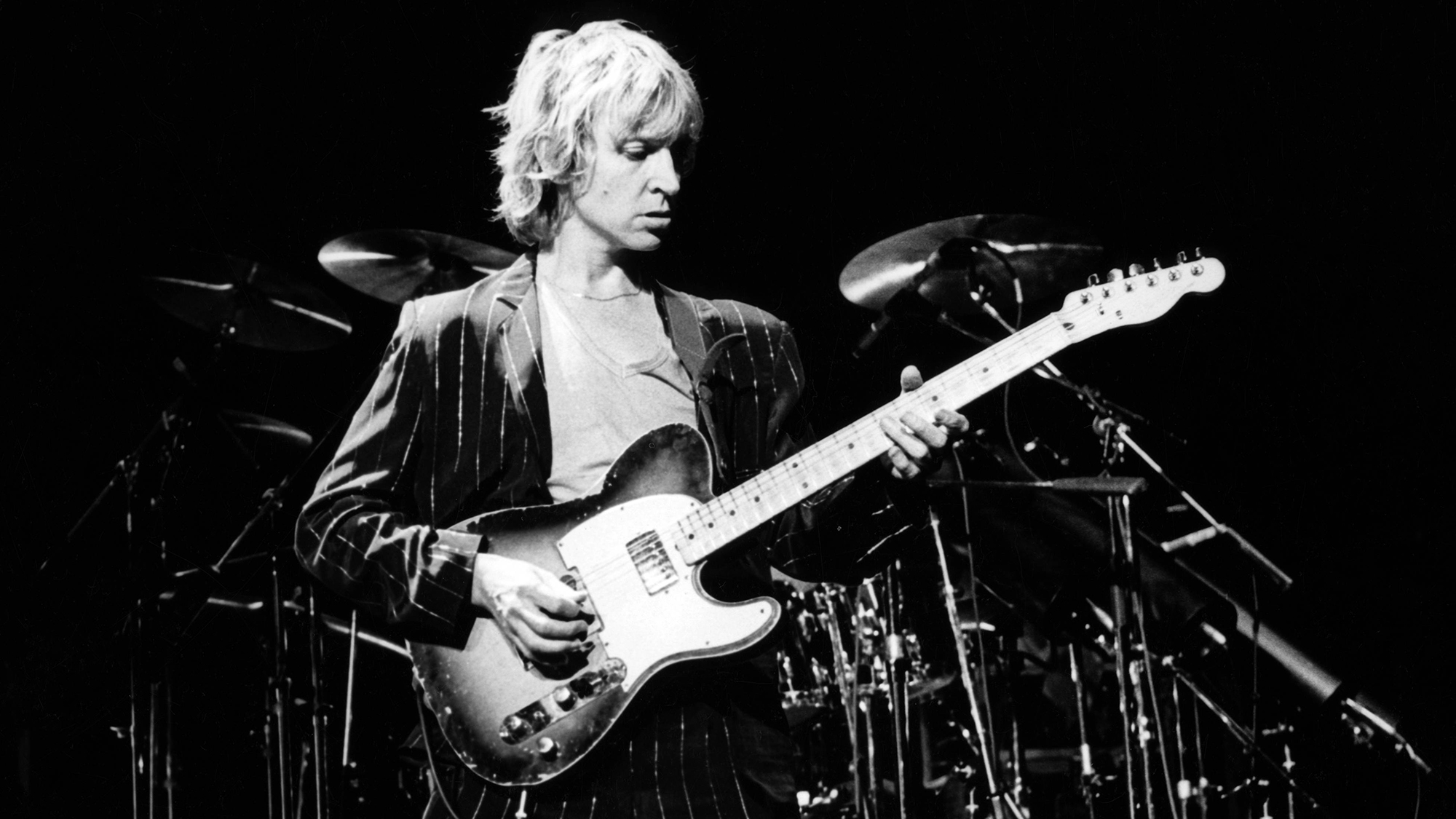
CONTROLS
As you might expect from Strymon, the EC-1 comes with plenty of hands-on controls. There are the familiar dials for time (from 50ms to 1 second), repeats and mix, as well as two controls for tape age and mechanics. Tape age mimics the loss of fidelity that occurs over time as the tape ages, rolling off high frequencies as the knob is turned clockwise. Mechanics introduces sonic effects caused by physical wear and tear on the tape, including wrinkles, creases, splices and contamination from dirt and dust.
There’s also a three-position mini toggle for record level, and it’s here that some of that Echoplex magic begins. With settings for low, medium and high, the switch determines the gain and bias of the signal being recorded and the resulting sound of the repeats. Low allows the greatest headroom and results in the cleanest-sounding delays, while medium and high boost the signal and increase bias for more saturated-sounding repeats. It’s an excellent feature that really opens up the EC-1’s sonic range.
The foot switch does double duty as a bypass switch and as a means of entering Tap Tempo mode: Hold the switch down until the LED status light turns blue, then tap the switch to set the tempo. In Tap Tempo mode, the time knob determines the tap division: eighth-note triplets, eighth notes, dotted eighth notes and quarter notes.
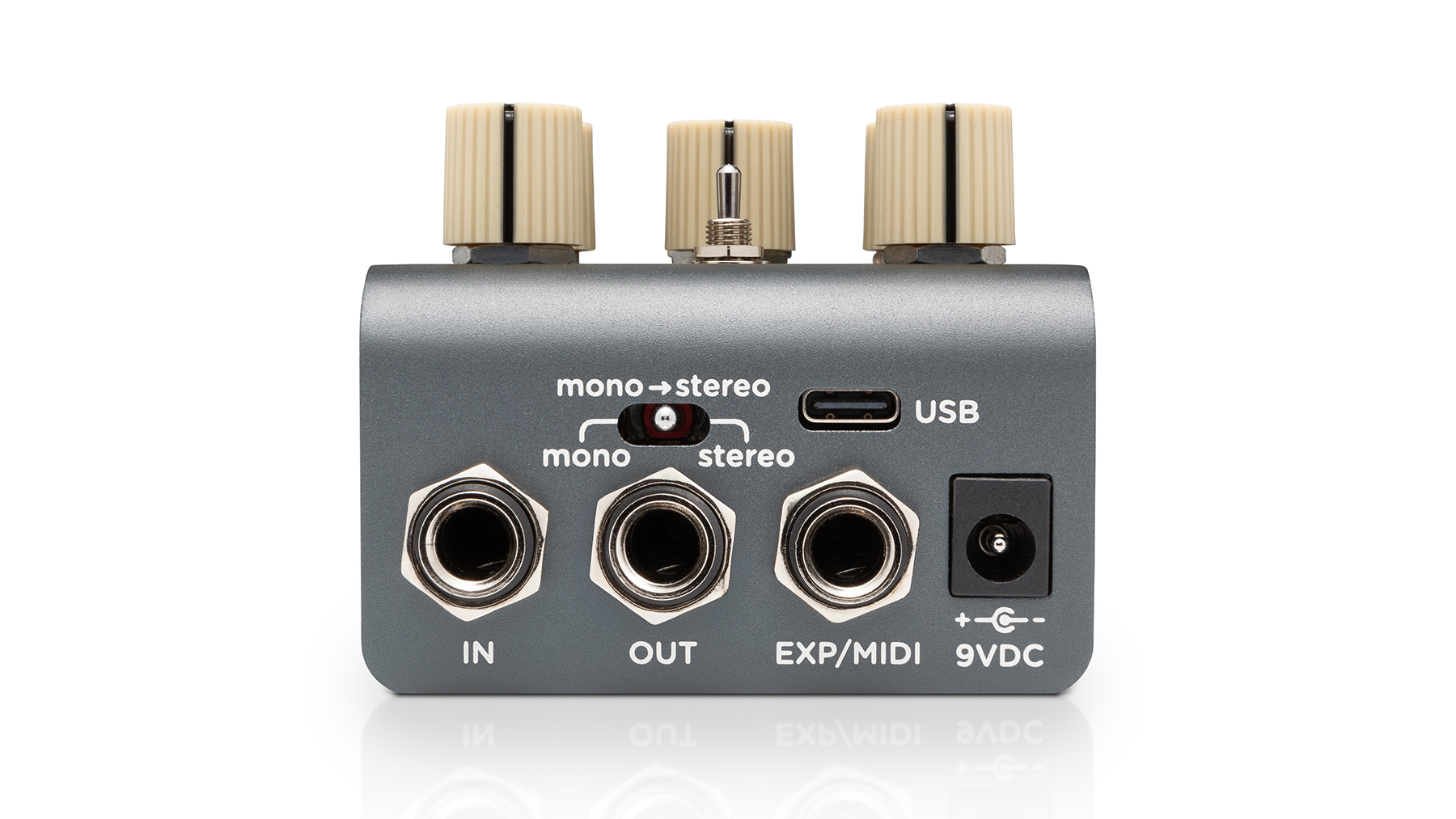
INS AND OUTS
Around the pedal’s back end, you’ll find the individual single 1/4-inch input and output jacks. Both can be switched between mono and stereo operation by means of a switch above the jacks, although you’ll need TRS adaptors or cables for stereo.
Next up is a 1/4-inch expression/MIDI input jack. In addition to handling MIDI signals, the jack can be assigned to work in conjunction with an expression pedal, with a tap tempo switch, as a tap to call up one favorite preset you can store in the EC-1, or as a infinite hold, depending on how you set it up under the hood (more on this below).
There’s also a UCB-C jack for computer MIDI and firmware updates, and the nine-volt DC center-negative power input. The EC-1 doesn’t ship with a power adaptor, but I had no problem powering it from a DC pedal power supply with isolated outputs.
UNDER THE HOOD
As for those hidden features, you can access them with a press of the foot switch and a turn of a knob (or a power up), depending on what you’ve set out to do. The manual comes in handy here, although you’ll need to download it from strymon.net, as the box contains only a quick-start guide to the physical controls and I/Os.
Live Edit mode offers an optional preamp model that mimics the sonic character of the EP-2’s original tube preamp, and a preamp boost that works with either preamp setting. You can also defeat the preamp model altogether if you prefer. Power Up mode lets you choose the bypass mode for mono operation. By default, this is set to True Bypass when the rear I/O switch is set to mono, but it can be switched to Buffered Bypass to preserve high-frequency response through long signal chains.
Here too you can activate a Spillover Mode to allow the delays to spill into bypass or a new preset, as well as set how the mix knob works with the dry signal. In addition you can configure LED brightness as well as set the EXP/MIDI jack function and configure the EC-1 for external controls.
THE SOUND
There’s no mistaking the EC-1’s characteristic tape delay emulation, from its warmth and slightly blurry echoes to the reduced bandwidth of each successive repeat. I spent hours trying it with a Gibson ES-345 and a Fender Jazzmaster through a Fender ’65 Princeton Reverb with an Eminence Legend 1028K speaker, and achieved heavenly results for everything from clean slapback to vintage ‘70s rock and washed-out ambient shoegaze.
There’s an uncanny verisimilitude at work, not only in the sound but in the way some of the controls affect the sound. Moving the speed knob while playing results in the kind of tape-speed mayhem you get from the real deal, and it was easy to set the repeats to a barely controllable edge-of-feedback drone, one of my favorite things to do with a tape delay or tape emulation pedal. The EC-1 never spilled over into a feedback assault, unless I wanted it to.
The tape age and mechanics controls work brilliantly and are thoughtfully nuanced. There’s quite a bit of range on tap for both controls, making it possible to add everything from subtle warmth and grit to the glitched-out sounds of a tape loop in need of replacement.
But what really makes the EC-1 a winner for me is the three-position record level toggle. While I enjoyed the low setting for clean echoes, the medium and high settings are where the EC-1 shines, adding grit and harmonic bliss to the mix, and I spent most of my time with the switch in either of those two positions.
If a vintage tube Echoplex tape delay is your dream, or if you just want a great additional flavor of delay, the EC-1 is a pedal you’ll want to check out. It sounds like the real thing — only better. And you’ll appreciate that it gives you so much more than the original. The only things missing are the hassles of maintenance and repairs and the noise from the tape loop.
SPECIFICATIONS
CONTACT strymon.net
PRICE $279
CONTROLS Time, mix, tape age, repeats and mechanics controls. Three-position record level mini toggle
I/O Input and output (both switchable between mono and stereo), expression/MIDI, USB-C, 9V power input
EXTRAS Two selectable tube-modeled preamp voices, tap tempo, multifunctional expression input, MIDI control, true-/buffered bypass modes, spillover modes, high-impedance, ultra-low noise discrete Class A JFET stereo input
POWER 9VDC, center negative, 250mA minimum (adaptor not included)
DIMENSIONS 4.5” x 2.7” x 2.2” (LxWxH)
WEIGHT 9.8 oz
BUILT U.S.A.
Christopher Scapelliti is editor-in-chief of GuitarPlayer.com and the former editor of Guitar Player, the world’s longest-running guitar magazine, founded in 1967. In his extensive career, he has authored in-depth interviews with such guitarists as Pete Townshend, Slash, Billy Corgan, Jack White, Elvis Costello and Todd Rundgren, and audio professionals including Beatles engineers Geoff Emerick and Ken Scott. He is the co-author of Guitar Aficionado: The Collections: The Most Famous, Rare, and Valuable Guitars in the World, a founding editor of Guitar Aficionado magazine, and a former editor with Guitar World, Guitar for the Practicing Musician and Maximum Guitar. Apart from guitars, he maintains a collection of more than 30 vintage analog synthesizers.
"He goes to England and all of a sudden he's on the floor humping his guitar!” Gene Simmons tells how he, Paul Stanley and Ace Frehley followed Jimi Hendrix's lead and gave Kiss some British swagger
“I was home with the family and I got a phone call saying, 'You've won a Grammy.' We were like, 'You've got to be kidding?'” Martin Barre recalls Jethro Tull’s famous Grammy triumph over Metallica 36 years on
“F****d me up completely. I couldn’t make head or tail of it.” Eric Clapton on the one guitarist who blew him away onstage
